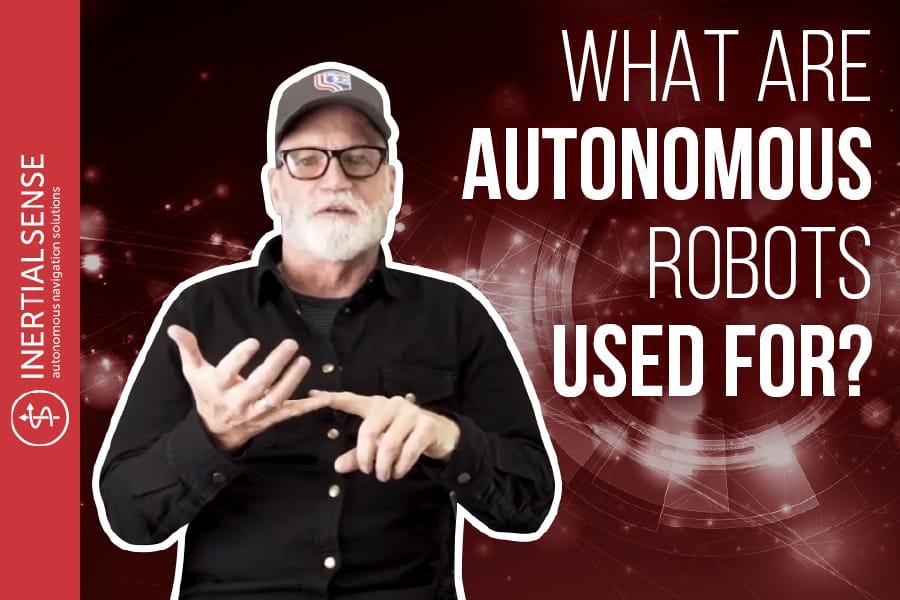
What Are Autonomous Robots Used For?
Many wonder, what are autonomous robots used for? Watch the video below as Tom explains what uses we have for autonomous robots.
There are a host of uses, but the three main categories where the markets are looking for autonomy to solve the problem are:
- Economics
- Safety
- Physical Access
In many cases, the decision is based on economics. There are labor-saving costs that are considered, or there is an efficiency to autonomy that is driving the adoption of autonomous navigation.
In some cases, the problem revolves around safety. During Covid, manufacturers considered if parts of their supply chain or logistics or delivery mechanisms were automated and had an autonomous robot performing those functions, these functions could have been performed without putting employees at risk.
The third problem could be physical access. Consider a situation where a company must have a grass boat underneath their solar panels, and there are these giant fields of solar panels. Being a human being is not the best fit for this job as they cannot fit underneath the panels to do the work. Having a robotic device that can perform these types of functions not only can save time and money but can limit injury to humans attempting to complete such functions.
Inertial Sense would love to help you with picking an autonomous robotic for your business. Click here and we’ll be happy to help!
Learn More:
How Do Autonomous Robots Navigate?
Navigating Dull, Dirty, Dangerous Autonomously
What Is The Difference Between Automated and Autonomous?
Video Transcript
So what are autonomous robots used for? I’d say there’s probably three categories where the markets are looking for autonomy to solve the problem.
In the majority of cases, it’s an economic decision. There’s a labor-saving cost to it, or there’s an efficiency to autonomy that’s driving the adoption of autonomous navigation.
In some cases though, it’s a safety issue. And a lot of that came up during covid where manufacturers were thinking boy if parts of my supply chain or logistics or delivery mechanisms were automated and had an autonomous robot performing those functions, I could’ve done that without putting my employees at risk, and it could’ve basically filled that gap.
The third might just be physical access. We have a customer who’s looked at, they have to have a grass boat underneath their solar panels, and these giant fields of solar panels. And a human being just can’t actually fit underneath the panels to do it. So they have to have a robotic device that can do it and they can do it autonomously.
So again, it’s either an economic decision, a safety decision, or an access decision.

